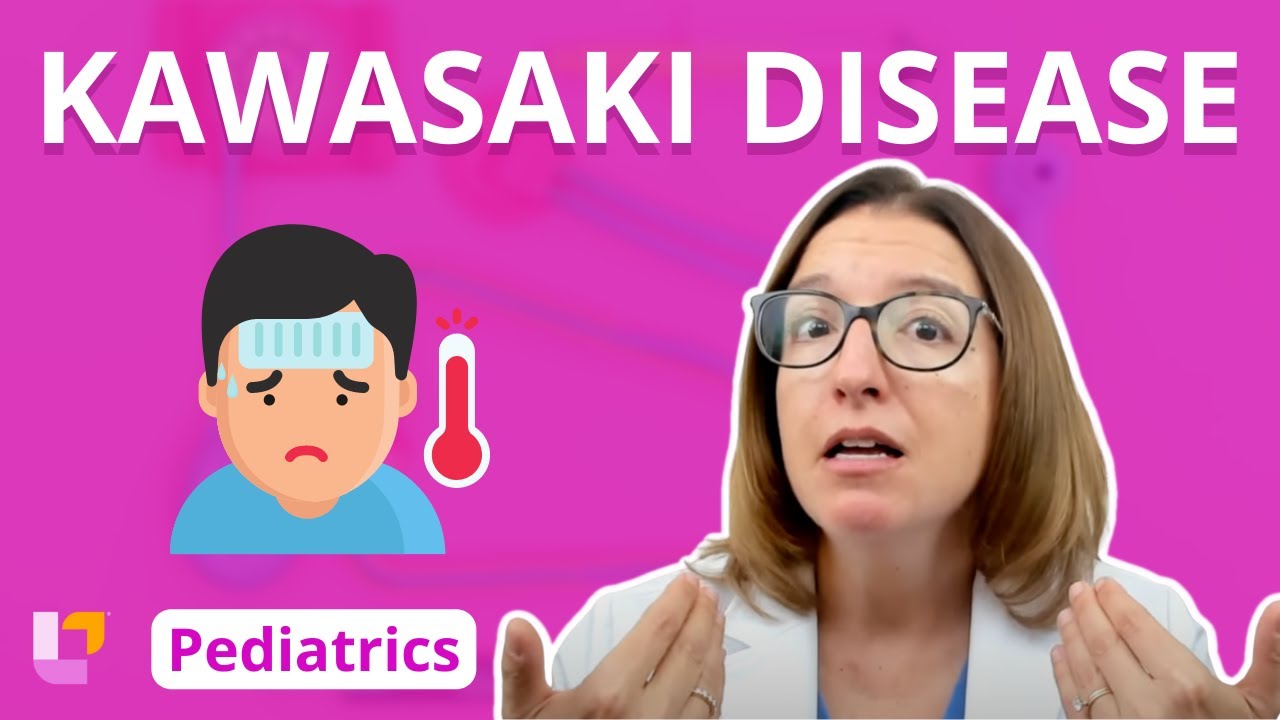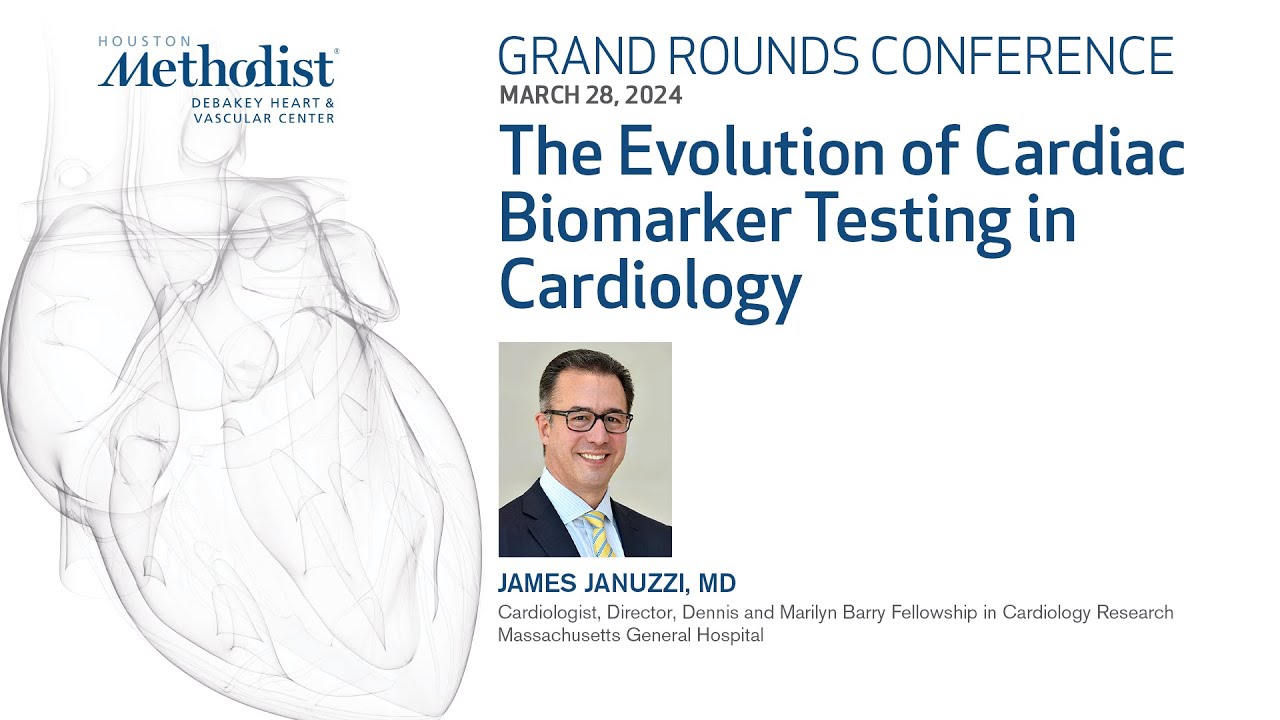Few teens need cholesterol-lowering drugs
Reuters Health • The Doctor's Channel Daily Newscast
The guidelines indicate that statins may be considered for any child with LDL cholesterol levels above 190 mg/dL. With other risk factors, such as obesity and hypertension, the treatment threshold falls to 160 mg/dL; if diabetes is present, treatment at 130 mg/dL or higher may be appropriate.
“I think the new recommendations caused a lot of people to be concerned about children having high cholesterol and being put on medications for a good part of their lives,” lead author Dr. Earl S. Ford, from the Centers for Disease Control and Prevention, Atlanta, said in a statement. “In this study, we set out to produce numbers so we would know exactly what we are talking about in terms of the percentages of US children who may need to be treated or may have high cholesterol levels.”
As reported in the March 3rd issue of Circulation, the research team assessed the cholesterol status of US children and adolescents by analyzing data from the National Health and Nutrition Examination Survey (NHANES) from 1999 to 2006.
The average total cholesterol level for subjects 6 to 17 years of age was 163 mg/dL. Among those 12 to 17 years of age, the mean LDL cholesterol level was 90.2 mg/dL.
Girls had total cholesterol levels that were 3.6 mg/dL higher, on average, than those seen in boys. Relative to whites, African Americans had levels that were 2.6 mg/dL higher, while Mexican Americans had levels that were 1.9 mg/dL lower.
“Depending on the cut points used,” between 9.6% and 10.7% of subjects had elevated total cholesterol levels and between 5.2% and 6.6% of subjects had high LDL cholesterol levels, the researchers report.
The authors calculate that about 0.8% of teenagers were potentially eligible for pharmacologic treatment for elevated LDL cholesterol levels.
“It is a matter of opinion whether one thinks 0.8% is a small or large percentage,” Dr. Ford said. “What I think is most important here is that — given the rise in childhood obesity and risk factors such as smoking and lack of exercise that adolescents are exposed to — we need to continually assess and monitor the lipid status of children and adolescents.”
Reference:
Circulation 2009.






